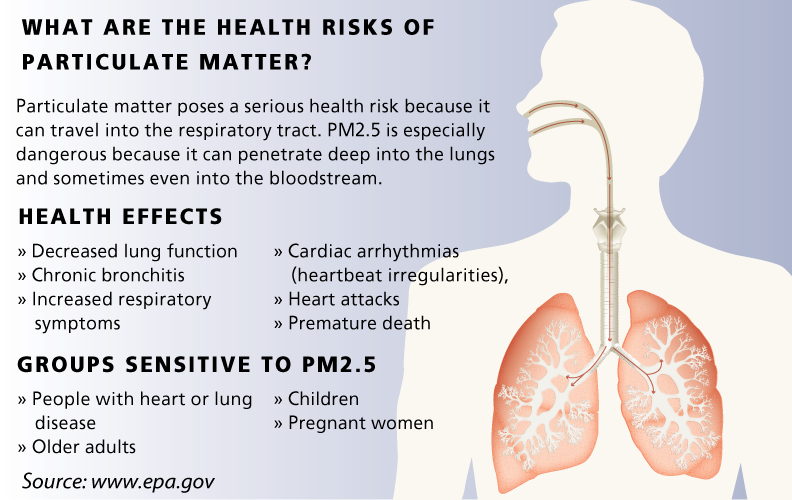
Cemex’s application projects no fewer than 250 lorry movements per day to and from the proposed quarry/cement factory, starting at 7.00am each morning, six days a week. The applicant’s document J0171/1/F1, which claims to deal with emissions questions, fails to clarify the extent of the health risks from HGV emissions that a quarry development would create.
The data supplied shows two types of particulate matter with CEMEX Objective Values for PM10 at 100% and PM2.5 at 150% above World Health Organisation guidelines. PM2.5 is particulate matter with a diameter of 2.5 µm, while PM10 has a diameter of 10 µm. When inhaled, both these pollutants are very harmful for the body, especially the smaller-sized PM2.5. Called the ‘Silent Killer’, PM2.5 can easily travel through the nose and mouth and penetrate deeper into the lungs. A 2013 study found a statistically significant association between risk of lung cancer with both PM 10 and PM 2·5.
https://www.thelancet.com/journals/lanonc/article/PIIS1470-2045(13)70279-1/fulltext
It is very disturbing that these well-known health risks are not even being considered anywhere in the planning application documentation.
In addition, diesel emissions are known to contain sulphur dioxide (SO2). Exposures to SO2 can harm the human respiratory system, affecting especially people with asthma, particularly children.
The figures given in the applicant’s document J0171/1/F1 are highly questionable. Not only are they based on modelling of data gathered by WBC between 2011-2015 at inappropriate sites, but no PM2.5, PM10, or SO2 data was collected there. The emissions information supplied by the applicant is therefore wholly inadequate. It provides councillors and residents with no reliable data on the emissions risks from high-volume HGV movements only a short distance from school’s & residential areas, and thus should not be accepted by WBC.
Article by Brian W